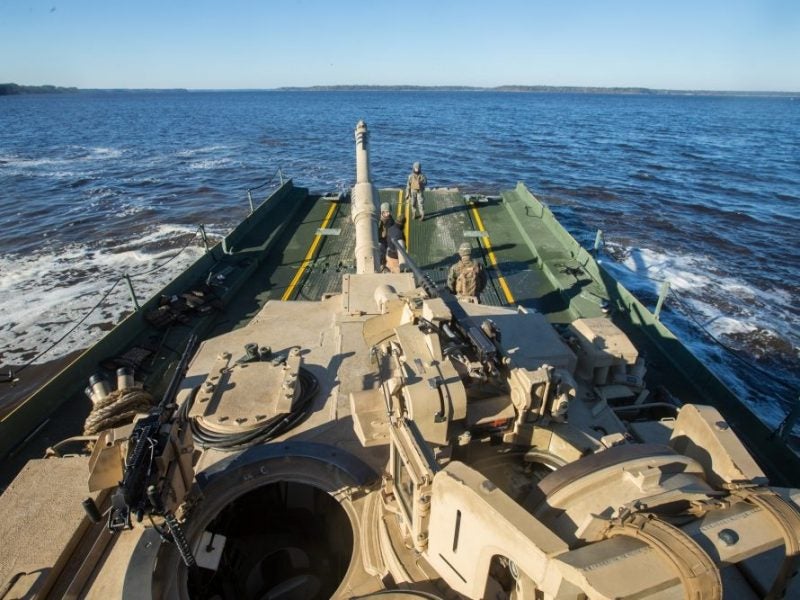
The US Marine Corps has lifted the lid on a major force redesign that will cut tanks and shrink the size of F-35 squadrons to ‘meet the demands of the National Defense Strategy (NDS)’ and confront China.
The planned force redesign will take place over the next decade and will see the size of the Marine Corps shrink by 12,000 personnel and more Marines being assigned to the fleet.
Plans for the corps include a 300% increase in rocket artillery capabilities, doubling the number of Unmanned Airborne Systems (UAS) squadrons, and a push for better mobile air defence and counter-precision guided missile systems using directed energy weapons and loitering munitions, among others.
The Marine Corps said in a statement: “The Marine Corps is not optimised to meet the demands of the National Defense Strategy. In the summer of 2019, the Marine Corps began force design activities focused on adapting capabilities to properly shape the Marine Corps’ contributions to naval warfare and the joint force.
“These planning efforts led to a modernised design which incorporates emerging technologies and significant changes in force structure to deliver a Marine Corps the nation needs by 2030.”
The Marine Corps overhaul is likely in response to the threat of China in the Pacific and the South China Sea, making the corps better able to quickly move between islands and operate from the US Navy’s fleet.
How well do you really know your competitors?
Access the most comprehensive Company Profiles on the market, powered by GlobalData. Save hours of research. Gain competitive edge.

Thank you!
Your download email will arrive shortly
Not ready to buy yet? Download a free sample
We are confident about the unique quality of our Company Profiles. However, we want you to make the most beneficial decision for your business, so we offer a free sample that you can download by submitting the below form
By GlobalDataThe focus of the retooled Marine Corps is naval expeditionary warfare to fit the outline of the NDS, and so will see the force completely divest law enforcement battalions, tank battalions, and bridging companies.
Infantry battalions will be shrunk from 24 to 21, artillery cannon batteries reduced from 21 to five, and there will be a reduction in tilt-rotor, attack, and heavy-lift squadrons. Aerial squadrons to be deactivated include Marine Medium Tiltrotor Squadron 264; Marine Heavy Helicopter Squadron 462; Marine Light Attack Helicopter Squadron 469; Marine Wing Support Groups 27 and 37; 8th Marine Regiment Headquarters Company; and 3rd Battalion, 8th Marines.
The Marine Corps is not cutting the number of fixed-wing squadrons it operates, but the number of F-35s per squadron is being scaled back from 16 to 10.
The Marine Corps statement added: “The future Fleet Marine Force (FMF) requires a transformation from a legacy force to a modernised force with new organic capabilities. The FMF in 2030 will allow the Navy and Marine Corps to restore the strategic initiative and to define the future of maritime conflict by capitalising on new capabilities to deter conflict and dominate inside the enemy’s weapon engagement zone.”
Bolstering the Marine Corps’ 10-year restructure will be more investment in ‘long-range precision fires, advanced reconnaissance capabilities, unmanned systems and resilient networks’.
The Marine Corps added that developing a force that ‘incorporates emerging technologies and a significant change to force structure’ means that the force needs to shrink, and legacy capabilities offloaded.
As per the restructure and focus on naval expeditionary operations, the Marine Corps will have three Marine Littoral Regiments (MLRs) that are trained to conduct sea-denial, and sea-control operations in contested maritime environments.
On top of the Pacific focused Marine Expeditionary Force (MEF), the Corps will operate three globally deployable Marine Expeditionary Units (MEUs).



